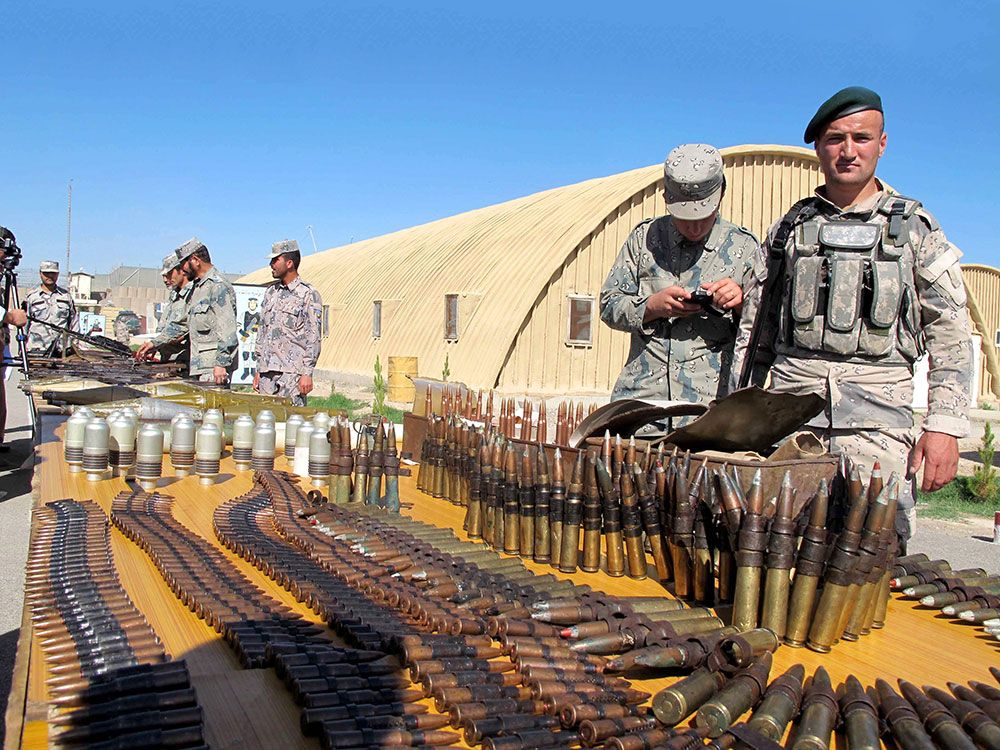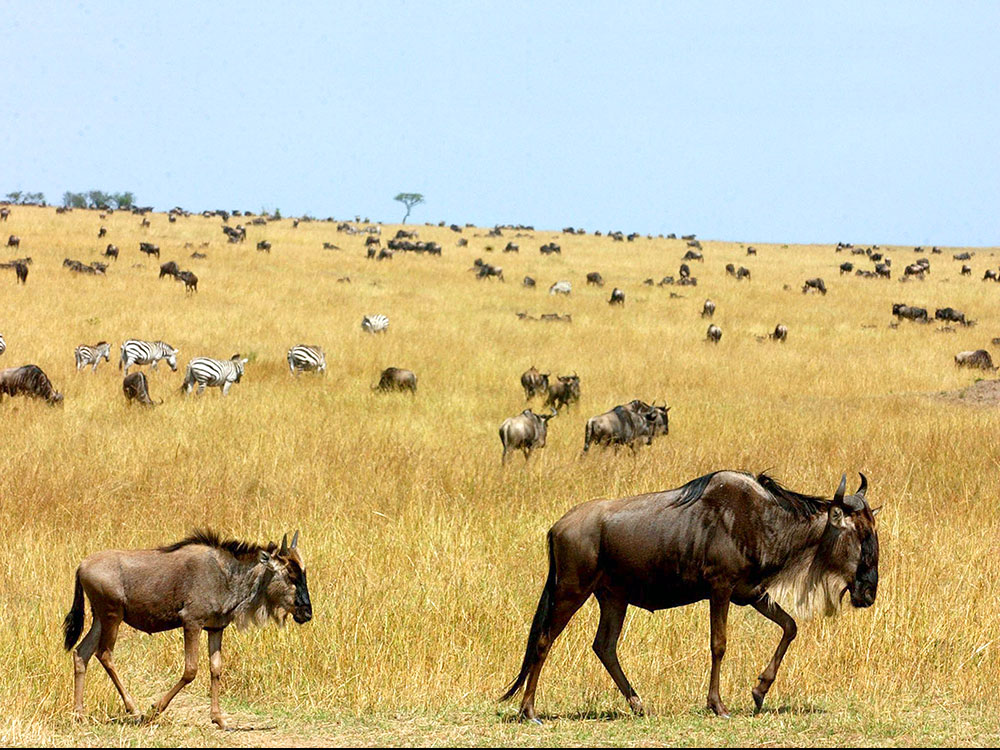

Faith Heals
In 1978, Dr. Edgardo Santos suffered a near-fatal heart attack that changed him forever. My father is living proof that religious faith can heal not just the spirit but the body as well
Browse past isues
Help the mission
Support the mission
Get in touch


In 1978, Dr. Edgardo Santos suffered a near-fatal heart attack that changed him forever. My father is living proof that religious faith can heal not just the spirit but the body as well


Having young students working on a common goal towards spirituality is the main purpose of the Catholic Society of the University of Macau. So says President Eunice Vong on the reason she revived the group after several years of inactivity. Eucharistic celebrations, spiritual retreats and hiking in Coloane Island are some activities on the wish list.


The supply of deadly military weapons is the reason for the continuation of wars that result in atrocious suffering for civilian populations. Civil society groups have to exert more pressure so that international treaties limiting the transfer of arms can be implemented.


The beatification of 17 new martyrs, in the Laotian capital, was a historic event for a tiny minority Church in a country ruled by a communist regime. For the good of the people of Laos, Church authorities affirmed their willingness to cooperate with the civil authorities.


If it does not do something drastic now, the Philippines would be the first country in Asia to completely lose its forest cover soon. Experts say that the country lost most of its forest in the past 50 years. The next generation will have to seek solutions to this problem.


The first and only democracy of China is Taiwan. But it must resist the pressures of Beijing. An uphill task for the new president, the brave, self-made woman Tsai Ing-wen.


The amazing growth of the Christian community in Northeast India took the older Churches in the country by surprise as the second millennium drew to a close. While the Church in South India traced its origins to Apostle Thomas and others to St. Francis Xavier and other missionaries, this new Christian community in the northeastern corner of the country is a little more than 120 years old. But it is fast moving towards having two million believers. Truly, the missionaries there have shown how it is to be the “light of the world.”


Wildlife is the postcard of Africa, as sea, sun and beach is the trademark and the great source of revenue of the Pacific Islands, but the continent is squandering its natural source of sustainable and eco-friendly tourism. Poachers, guerrilla fighters, extractive industries and criminal rackets are among those that are depleting its natural parks and killing their most iconic species. Unfortunately, South Africa, the richest African country, is not spared.
The media nowadays gives us instant access to news stories from around the globe. It enables us to be voyeurs of tragedy and bliss as we sit in the comfort of our homes. The downside of this aspect of modern life is that world events are streamed before us twenty-four seven, via an increasing number of technologies, leaving us little time to absorb or analyze what is happening. Hence we forget these same events as quickly as they disappear from our screens. A good example is the most recent and worst building disaster that has occurred in Bangladesh. The collapse of the factory, on April 24, occupied our screens for days and is now fading from our conversation and consciousness. After the tragedy, what has stayed with us from the horror that suddenly and unexpectedly visited the lives of thousands of our fellow human beings? Are we aware of any of the developments that have taken place since that fateful day? Do we know what the final death toll is? There are, of course, those who have continued to follow events, and are interested in what measures have been taken by the local authorities in response to the latest in a series of factory disasters. In addition, there are many who are eager to know what actions are being taken by the government in Bangladesh and, at the international level, the measures to ensure that such a horrible tragedy does not occur again. Weak structures From a distance, I can only imagine the pain, anguish and suffering this tragedy has caused to so many innocent people. The list of missing persons, the sight of severed limbs, the number of crushed bodies, and the unidentified corpses only intensify the heartbreak that is being felt in the city of Dhaka at this moment. We might ask how will the affected families ever cope with such devastation? The combined weight of cement, steel and sand, and the number of people and machines inside the structure, caused the collapse of the eight-storey building and the death of over a thousand workers, near Dhaka. The mixture of sand with cement and steel was insufficient to sustain the pressure placed on them. Were some of the materials used in the construction of sub-standard quality? This will surely be one of the aspects to be looked into during the investigation of the tragedy. From TV footage of the scene, it appears that the physical pressure exerted on weak pillars and foundations resulted in the collapse of the building. The structure came down like a house of cards highlighting not only pressures from the building business but also pressures from the society, in general. that the big loss of life was due to human error. The multiple pressures that are being felt across the country were emphasized recently in Geneva. During the Universal Periodic Review (UPR) of Bangladesh, only a few days after the tragedy, the Minister of Foreign Affairs, Ms. Dipu Moni, had this to say:
If nature and natural resources were measures of economic wealth, the Philippines would be one of the Earth’s richest countries. Its ecosystems provide the essentials of life to millions of people – from seafood and game animals, to fodder, fuel wood, timber, and pharmaceutical products. They play a major role in economies and are an important social safety net for the rural poor. “It is the poor, with limited assets and greater dependence on common property resources, who suffer most when biodiversity is lost,” says the Manila-based Asian Development Bank. Biodiversity is the buzzword for biological diversity – the ecosystems, species, and genes that together constitute the living world. “Biodiversity is complex beyond our understanding, and valuable beyond our ability to measure,” explains John C. Ryan, author of “Life Support: Conserving Biological Diversity.” The Philippines is among the world’s seventeen “megadiversity” countries which, together, account for some 60-70% of total global biodiversity. What is alarming is that the country is also included in the list of biodiversity “hotspots” – threatened areas with very high levels of biodiversity. “Second only to Brazil” is how the Philippines is described as it has one of the highest rates of wildlife endemism in the world. Its estimated two million species include 8,000 flowering plants, 395 birds, 180 mammals, and 293 reptiles and amphibians. The diversity of its fauna is second only to those found in Madagascar. Mount Makiling in Laguna alone has been found to have a higher species diversity than the whole of North America. In 1997, the late award-winning zoologist Dioscoro Rabor reported at least 50 species of mammals, 120 bird species, six species of amphibians, 19 types of reptiles and several varieties of fish inhabiting the Mount Makiling Forest Reserve. The Philippines has among the highest rates of discovery in the world with sixteen new species of mammals discovered in the last ten years. Because of this, environmentalists believe that the rate of endemism for the Philippines is likely to rise. Endangered hotspot However, conservationists fear that, without immediate intervention, the Philippines hotspot is on the brink of an extinction crisis. In fact, the International Union for the Conservation of Nature and Natural Resources (IUCN) has identified the Philippines as “one of the most endangered of the world’s biodiversity hotspots.” “Widespread destruction and conversion of natural habitats, overexploitation, and pollution have led to rapid biodiversity loss,” said a World Bank report. Natural habitats refer to forests, which are believed to shelter more than half of the country’s life forms. Recent estimates put the forest cover at around 5.4 million hectares. Only about 800,000 hectares are considered primary forest. Logging, both legal and illegal, continues to pose a threat to the Philippines’ forests, the World Bank report stated. Other imminent threats to Philippine forests include mining and land conversion. In 1997, regions where mining activities took place covered one-quarter of the country and included more than half of the remaining primary forest. All primary forests have been declared part of the
